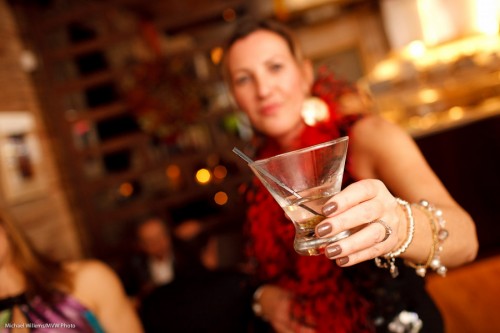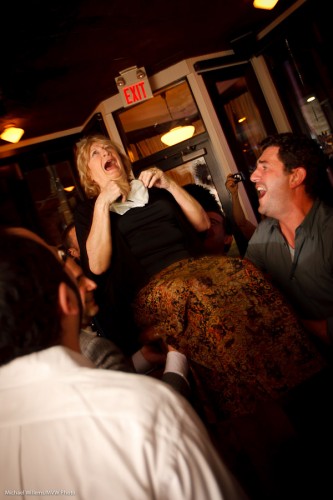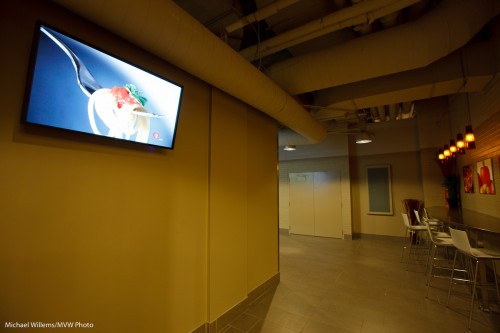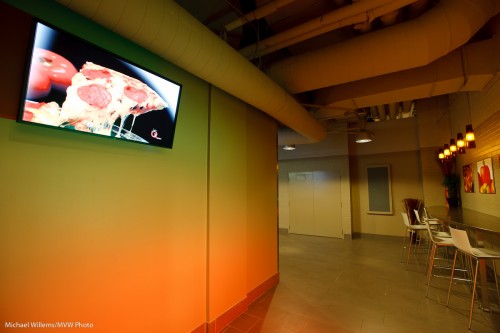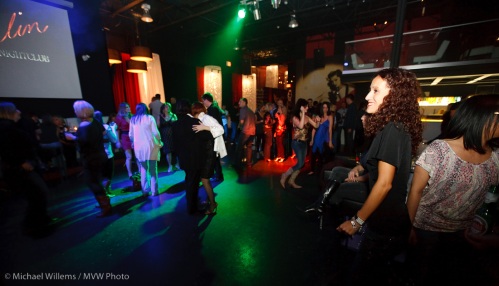I shot an event yesterday that prompts me to give you some TTL management strategies. This is a long post – one that you may want to bookmark or even print and carry in your bag.
TTL Management Strategies? Huh?
Yup. TTL (Through The Lens) flash metering is great, but it can have its challenges. Unpredictability, or perhaps better variability, being the main one.
So why use TTL at all? Well, for all its issues, it is the way to do it since you are shooting in different light for every shot, and you have no time for metering. Metering and setting things manually (or keeping distances identical) in an “event”-environment, especially when bouncing flash, is usually impossible. So TTL (automatic flash metering by the camera and flash, using a quick pre-flash) it is.
Yesterday’s event was in a restaurant that had been closed to the public for the night. Challenges for me were:
- Light. It was dark. Very dark, meaning achieving focus was tough and settings needed to be wide open and slow.
- Consistency. The venue was unevenly lit: parts were light, parts even more dark. Meaning that achieving “one setting” is difficult.
- Space. Space was limited: hardly enough space in a small venue to walk around, let alone to compose shots.
- Bounceability. Walls were all sorts of colour, mainly dark brown, making bouncing a challenge.
- Colour. This also created coloured shots. Orange wall = orange shot.
- Predictability. Long lens? Very wide? Fast lens? Every shot seems to need another lens – which is impractical.
- Reflections. There is a good change reflections of glass or jewellery will upset your shots, causing them to become underexposed.
- Motion. People kept moving (uh yes, especially when the chair dances started).
- Technology. Batteries run out. Flashes stop working. Cards get corrupted. Nightmare scenarios we all know.
- Time. People were not there for me – it was of course the other way around. So my ability to ask people to pose and to move was limited. They are there for a party, not for the photographer.
So then you shoot and you notice that shots are too dark. or too bright. Or faces are too bright while backgrounds are too dark. But this is all in a day’s work for The Speedlighter… that is what I do for a living!
I am sure everyone who has ever shot events is familiar with these issues. To solve them and come up with solutions, I have developed a number of strategies. So let me share some of them with you here.
(Click to continue and read the solutions…)

